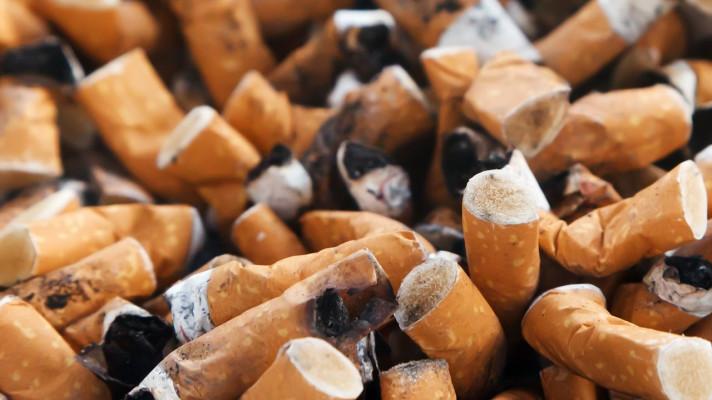A rough total of 1 455 tonnes of floating plastic is present across the Mediterranean, estimates a new study.
Estimated 1 455 tonnes of plastic floating in the Mediterranean
Researchers gathered floating plastics using trawl nets and found that microplastics with a surface area of around 1 square milimetre (mm2) were the most abundant size of plastic particles found.
Plastics are among the most commonly used materials and, as a result, plastic waste is found throughout the marine environment. It has been estimated that 4.8-12.7 million tonnes of plastic were released into oceans worldwide in 2010. Plastics can have a number of impacts on marine ecosystems, including entanglement of and ingestion by wildlife, and can accumulate through the food chain. Micro-plastics are particularly harmful to marine animals due to their small size and ability to adsorb other pollutants. Plastics can also have adverse impacts on human health and industry, affecting tourism, fishing and aquaculture.
This study examined the size, distribution and abundance of floating plastics within the north-western and central Mediterranean Sea, in accordance with established classifications under the European Union Marine Strategy Framework Directive1 (MSFD). The Mediterranean Sea has a population of approximately 100 million people living within 10 km of the coastline, giving high potential for plastic accumulation.
The researchers used a trawl with a mesh size of 333 um net to collect plastics from the surface of the water across four Mediterranean regional seas (the Sea of Sardinia, the Tyrrhenian Sea, the Ionian Sea and the Adriatic Sea). Plastics were divided into three size categories: microplastics (less than 5 mm), mesoplastics (5-25 mm) and macroplastics (25-1 000 mm).
The plastics were dried and weighed, and for each of the 71 trawls, the researchers recorded the plastic weight concentration in grams of dryweight per square kilometre (g dw km-2) and plastic particle concentration as the number of plastic items per square kilometre (items km-2).
A total of 17 495 items were collected within the trawl samples, including 16 719 microplastics, 691 mesoplastics and 85 macroplastics. Plastics made up almost 97% of the manmade debris found and were in all 71 samples. Weight concentration ranged from 7.43 to 9292.24 g dw km-2. Particle concentration ranged from 8 999 to 1 164 403 items km-2. Microplastics with a surface area of around 1 mm2 were the most abundant particle size found.
The highest particle concentration by weight was found in the Gulf of Taranto in the Ionian Sea (9 298.2 g dw km-2) and the highest concentration by particles was found between the Greek Islands of Antipaxi and Lefkada (1 164 403 items km-2). Assuming that the range of concentrations of plastic in the sampled areas is similar across the entire region, the researchers give a rough estimate of 1 455 tonnes of floating plastic within the Mediterranean.
In contrast to other seas, the high variability of surface currents in the Mediterranean means that concentrations of plastic are less stable and less likely to remain in set locations. However, the researchers identified four potential areas of plastic accumulation due to currents and other factors, such as coastal populations, tourism and plastic washing into the sea from rivers. These areas are the Otranto Strait, the northern coast of Sicily, the Ionian Islands and the Menorca Channel.
The study is one of the first large-scale surveys of plastic waste in the Mediterranean. The researchers say that the issue of floating plastic waste is likely to get worse as increases in global plastic production, inadequate waste-management systems and human behaviour all contribute to the problem. Measures to increase social awareness and efforts to reduce the release of plastic waste into the oceans are, therefore, recommended.
Source: Ruiz-Orejón, L.F., Sardá, R., Ramis-Pujol, J. (2016). Floating plastic debris in the Central and Western Mediterranean Sea. Marine Environmental Research, 120: 136-144. DOI: 10.1016/j.marenvres.2016.08.001.
Contact: luisf.ruizorejon@ceab.csic.es
